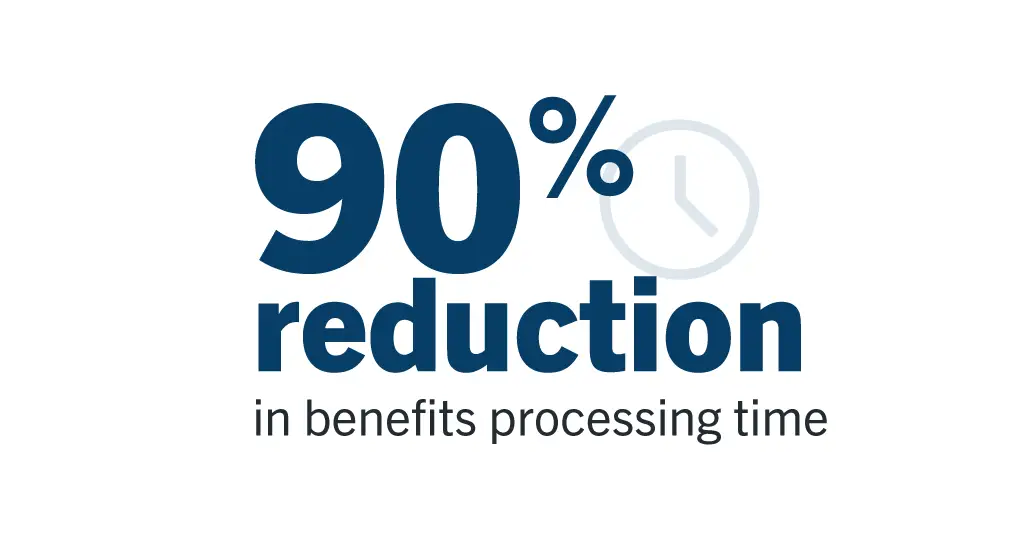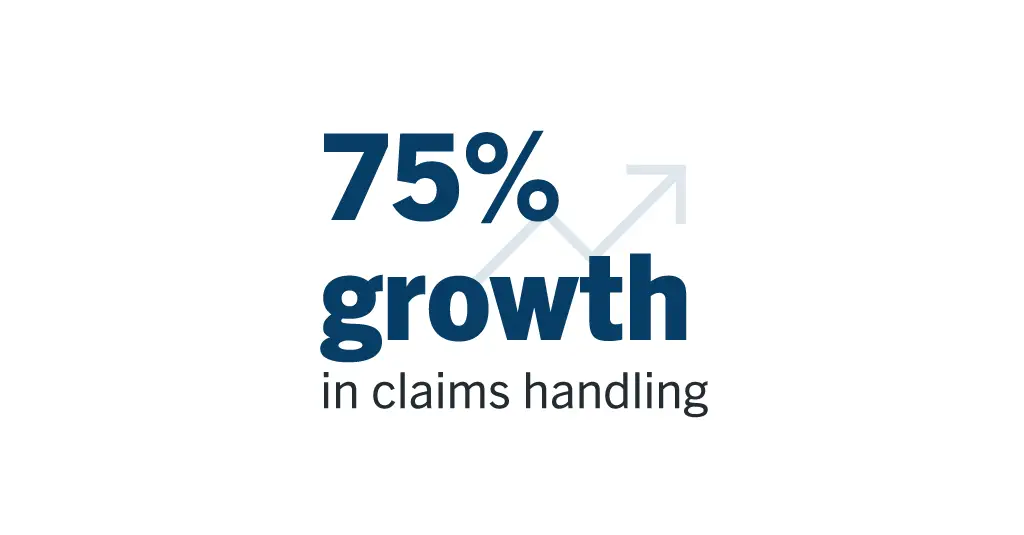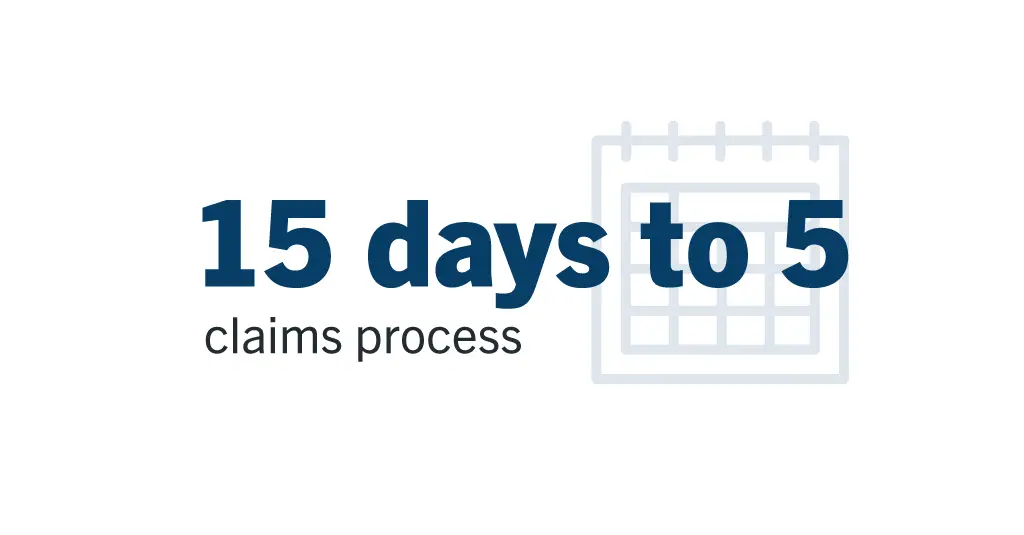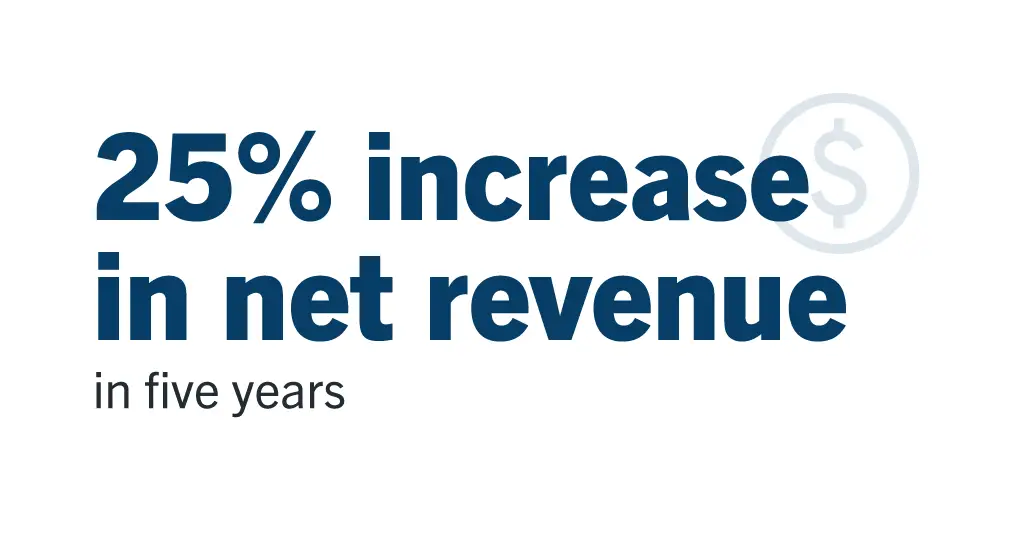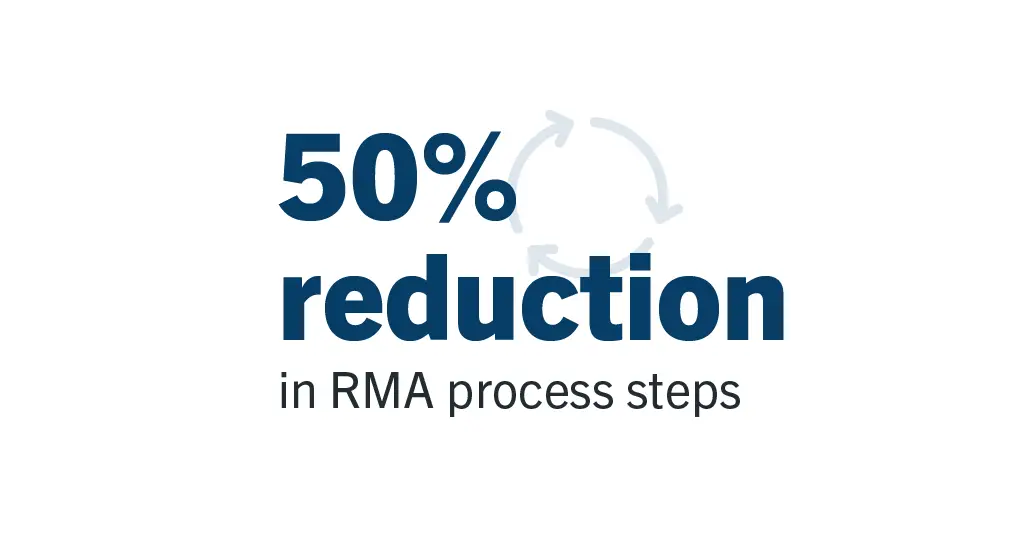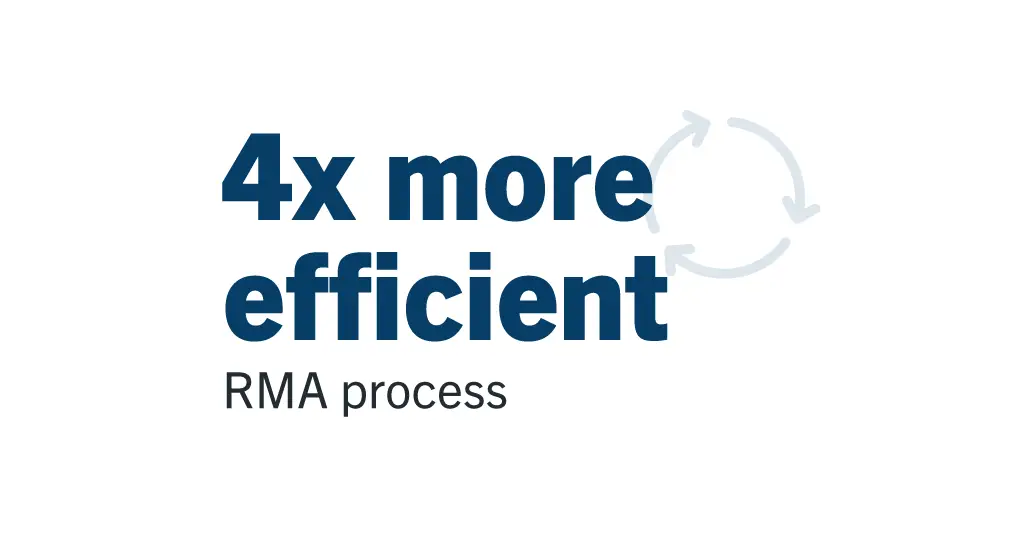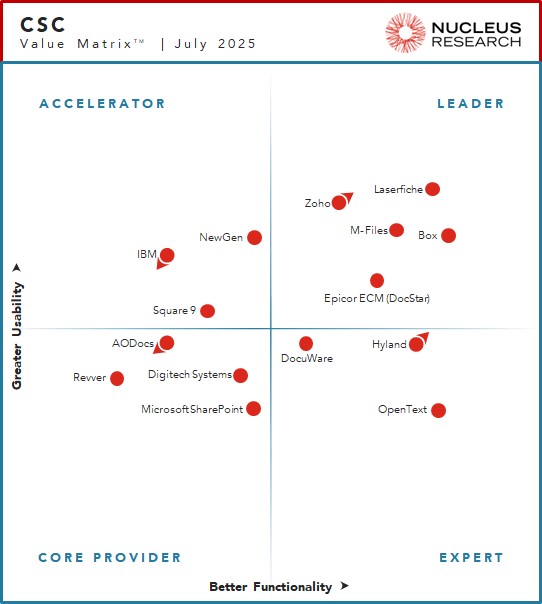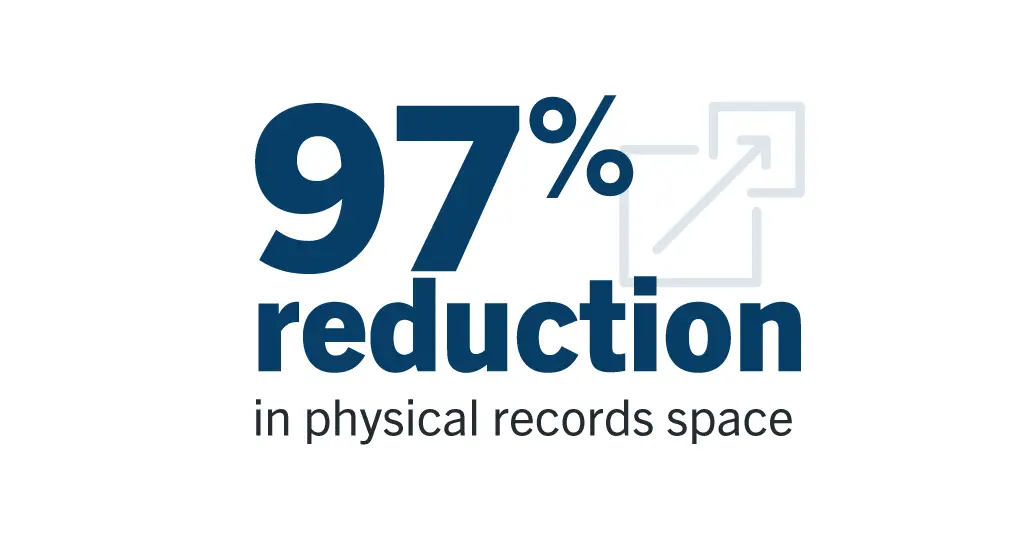
Records managers might think a 97% storage reduction is impossible. For Brian Mooney, IT director at the Louisiana Patient’s Compensation Fund (PCF), it was a matter of innovative thinking.
The PCF provides medical malpractice coverage for private practitioners and hospitals in the state. On top of this, the organization provides ongoing medical care for injured individuals in medical malpractice cases. With 60 employees, the PCF insures around 28,000 providers and oversees a yearly budget of $150 million.

Protecting providers and ensuring fair compensation for patients creates complex and wide-ranging recordkeeping needs. Manually managing critical and often sensitive information created a logistical headache. This perfect storm drove the team to seek a new solution in Laserfiche.
Today, the PCF uses Laserfiche for a variety of processes, including:
- Legal document management
- IT issue tracking
- Claims file management
- HR onboarding and offboarding
- Fee scheduling
“We’ve always been very happy with Laserfiche and how easy it is to use and store documents,” said Mooney. “We were an early adopter of records retention schedules at a state agency. We’ve been a model for many other agencies looking to modernize their records management.”
A Journey Toward Efficient Records Storage
At any given time, the PCF covers the medical bills for 50 to 100 patients. Additionally, the PCF may have 4,000 claims open simultaneously, which take an average of three to five years each to close. The sheer amount of paperwork related to these tasks made document storage untenable. File retrieval during audits could take days.
With approval from the Louisiana Secretary, the organization implemented an “imaging exception” that allows scanned documents to be retained digitally through Laserfiche. This system meets state guidelines for secure storage, backup and distribution, facilitating automated retention schedules and reducing physical storage needs by 97%.
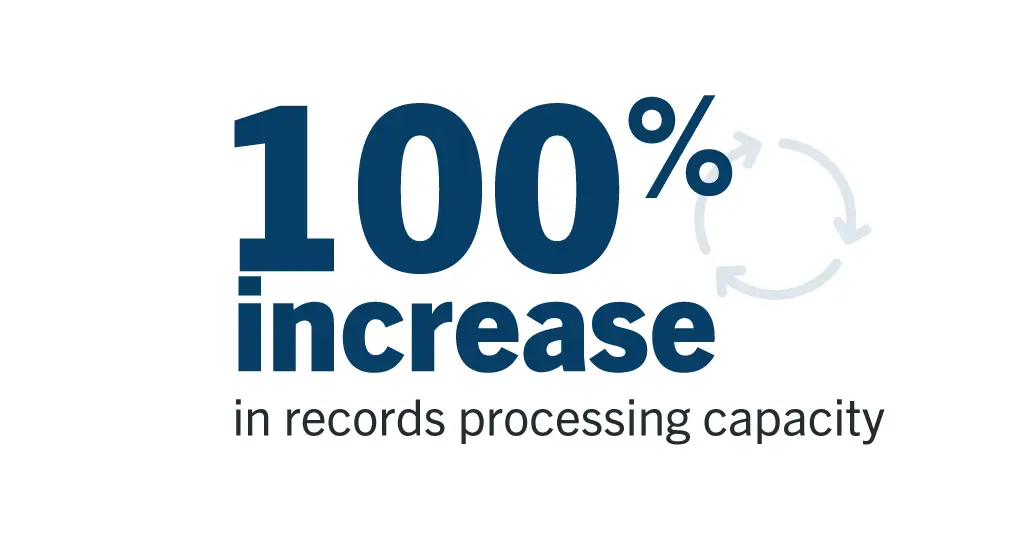
Today, staff can navigate the system and retrieve documentation promptly. What previously took days now takes minutes. The organization’s records processing capacity has also doubled. Staff can now process more than 700 claim, panel, and surcharge records per week. And with standardized records management practices, the organization has regained control over its information, mitigating risk of lost files or noncompliance.
A Trusted Source of Information for Malpractice Documentation
The PCF serves both patients injured in medical malpractice cases and the doctors and providers involved in medical malpractice cases. In malpractice cases, the first step involves a medical review panel. The panel’s purpose is to evaluate the case and determine whether malpractice took place.
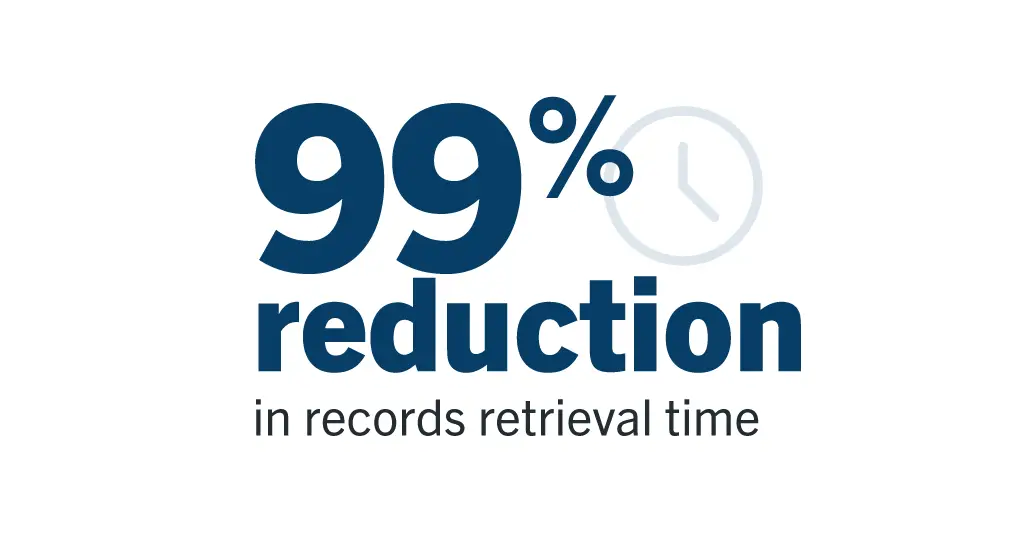
The PCF staff must retrieve records in a timely manner: Non-compliance with a strict three-day deadline means legal consequences and fees. Mooney and his team transformed this tedious, hours-long search for documents. With all information digitized and centralized in Laserfiche, staff can now easily search and retrieve the documents they need within minutes. This alleviated the stress of working on such a tight deadline and made the organization more responsive.
“We get lots of records requests, and with Laserfiche, the team is able to put them together much better and faster than we used to in the past,” said Mooney.
Laserfiche facilitates the flow of documentation for these panels. Robust security features help the organization maintain and track proper access to sensitive information.
Securing this information long-term is crucial, as malpractice claims panels can take an average of two years to complete.
Since implementing Laserfiche, the PCF has reduced errors, saved staff time and created peace of mind for meeting state-level requirements.
Driving Process Innovation with Laserfiche
Recently, the PCF set out to further improve its records management. The team, facing high turnover and a growing number of complex documents, needed to quickly bring remaining staff up to speed on the project. PCF again turned to Laserfiche, this time integrating it with Canon IRIS to automate the manual steps associated with indexing employee information.
This project had three goals: Leverage experienced staff, reduce human error and reduce the learning curve for new hires. They started by training the Canon IRISPowerscan system to:
- Automatically categorize and index documents
- Enable data search and indexing based on Laserfiche locations
- Index based on pointing and clicking on any text
Laserfiche then automatically routes documents to their final Laserfiche folder destination once they are indexed, and triggers notifications for relevant staff.
This automated indexing workflow has vastly improved the PCF’s records management, reducing the risk for error and decreasing onboarding time for new hires. The PCF has also reclaimed staff time through Laserfiche’s scalability and ease of integration.
Future Projects
What started as a simple digitization project used by a handful of people has expanded to an interdepartmental initiative. Mooney and his team’s use of Laserfiche to double claim, panel, and surcharge records processing capacity has inspired new uses, with the transformation of the HR and accounting teams’ workflows on the horizon.
Additionally, Mooney is on the path toward using Laserfiche Forms to digitize and automate the surcharge form process, which would streamline the movement of documents into the PCF’s system and support $80 to $100 million worth of enrollments per year.

